17 Fascinating Facts About Leeks

Leeks are an underrated vegetable that has been cultivated for thousands of years. Often overshadowed by onions and garlic, leeks deserve more attention for their versatility, nutrients, and culinary uses.
This article will explore 17 interesting facts about leeks to give you a new appreciation for these flavorful alliums. You’ll learn about their history, health benefits, culinary roles, and more.
A Brief History of Leeks
Leeks have an ancient origin, being grown and eaten for over 4,000 years1. Here are some highlights in the history of leeks:
- Ancient Egypt – Leeks were likely part of the daily diet of Egyptian pyramid builders, with evidence of cultivation dating back to this time.
- Ancient Greece – Aristotle credited leeks with giving partridges their clear voices.
- Ancient Rome – The Romans considered leeks far superior to onions, believing they could improve their voice. Emperor Nero gained the nickname “Leek Eater” because he consumed them daily.
- Wales – According to legend, King Cadwaladr told his troops to wear leeks on their helmets for identification in a victorious 640 AD battle. Leeks remain a national symbol of Wales today.
So leeks have long been revered for their beneficial effects, at least according to historical lore. Now let’s look at why they became so popular.
Nutrition and Health Benefits
Leeks provide an impressive array of nutrients and plant compounds that offer many health benefits:
- High in vitamin K, which supports bone and heart health.
- Excellent source of vitamin A for immune function and eye health.
- Contains vitamin C, an antioxidant that boosts immunity.
- Rich in folate, which aids DNA synthesis and red blood cell production.
- Provides the mineral manganese, needed for metabolism, bone health, and antioxidant defenses.
- Supplies small amounts of iron, calcium, potassium, and B vitamins.
- High in beneficial polyphenols that reduce inflammation.
- Contains sulfur compounds like allicin that may have anticancer effects.
Specific health benefits of leeks2 include :
- Heart health – Leeks contain kaempferol and other antioxidants that reduce cholesterol, blood pressure, and inflammation. They also inhibit blood clot formation.
- Digestion – The fiber content of leeks promotes healthy digestion and gut bacteria. Their prebiotics feed beneficial microbes.
- Cancer prevention – Research links greater allium vegetable intake with reduced stomach, prostate, ovarian, and colon cancer risk. Leeks’ compounds may inhibit cancer cell growth.
- Eye health – Lutein, zeaxanthin, and vitamin A help prevent age-related macular degeneration, cataracts, and other vision issues.
With all these nutrients and plant compounds, it’s clear why leeks gained a reputation as a health-boosting food.
Fun Facts About Leeks
Here are 17 fun facts about leeks:
1. Ancient Origins
Leeks have been cultivated for over 4,000 years and were highly prized by ancient civilizations such as the Egyptians and Romans.
2. Part of the Onion Family
Leeks belong to the same family as onions, garlic, and shallots, known as the Allium family.
3. Nutritional Powerhouse
These leafy green vegetables are packed with essential vitamins and minerals, including vitamins A, C, and K, as well as folate and manganese.
4. Mild and Sweet Flavor
Leeks have a mild and slightly sweet flavor, making them a versatile ingredient in various dishes.
5. Popular Soup Ingredient
Leeks are a common ingredient in many soups, adding a unique depth of flavor and aroma.
6. Many Varieties
There are several different varieties of leeks, including the American Flag, King Richard, and Blue Solaise.
7. Long Storage Life
Leeks have a long shelf life and can be stored for up to two weeks in the refrigerator.
8. Symbol of Wales
The leek is the national emblem of Wales, symbolizing their patron saint, Saint David.
9. Versatile in Cooking
Leeks can be enjoyed raw in salads, sautéed as a side dish, or used as a flavorful base for sauces and stir-fries.
10. Fall and Winter Vegetable
Leeks are typically in season during the fall and winter months, making them a popular choice for warm and comforting dishes.
11. High in Fiber
These vegetables are an excellent source of dietary fiber, which helps promote healthy digestion.
12. Easy to Grow
Leeks are relatively easy to grow in home gardens and require minimal care and attention.
13. Used in Medicine
Leeks have been used in traditional medicine for their diuretic, anti-inflammatory, and antimicrobial properties.
14. Low in Calories
Despite their nutrient density, leeks are surprisingly low in calories, making them great for weight management.
15. Antioxidant Source
Leeks contain powerful antioxidants such as polyphenols and flavonoids.
16. Gourmet Ingredient
Chefs around the world use leeks in high-end dishes, thanks to their delicate flavor and aesthetic appeal.
17. Sustainable Crop
Leeks are an environmentally friendly crop, as they require minimal pesticides and water to grow.
Now that you know more about leeks’ backstory, let’s explore how to buy, store, and cook with them.
Selecting, Storing, and Preparing Leeks
When shopping for leeks, look for specimens with crisp, bright green tops and a firm white base. The optimal size is 1-2 inches in diameter. Avoid leeks with yellowed or wilted greens.
Proper storage helps leeks last up to 2 weeks:
- Store unwashed leeks in a plastic bag in the refrigerator.
- Trim greens leaving about an inch attached.
- Leeks can also be frozen for later use. Clean and slice leeks before freezing.
To prepare leeks for cooking:
- Trim root end and dark green top.
- Split lengthwise and rinse under running water to remove dirt.
- Slice or chop leeks as the recipe directs.
- Cook leeks thoroughly since they can be tough when raw. Popular cooking methods are sautéing, braising, roasting, and grilling.
Now let’s explore the many ways leeks can be used.
Culinary Uses for Leeks
With their mild onion-garlicky flavor, leeks add depth and complexity without overpowering. Here are some of the most popular ways to use leeks:
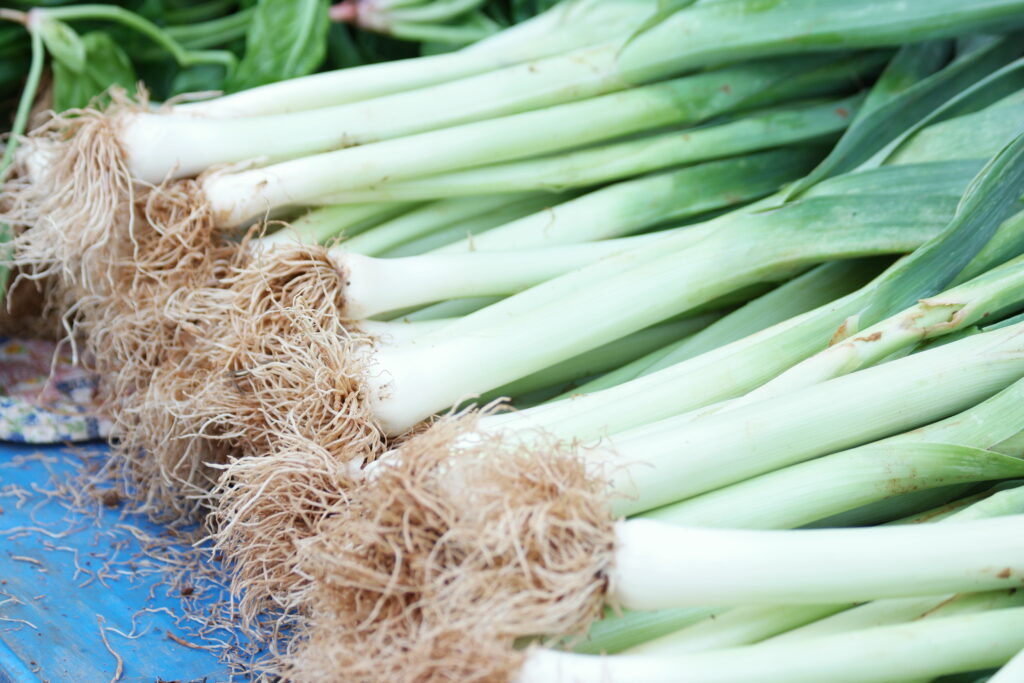
Dips
Blend leeks into creamy vegetable dips and spreads.

Sandwiches
Caramelized leeks with cheese make tasty melted sandwiches.
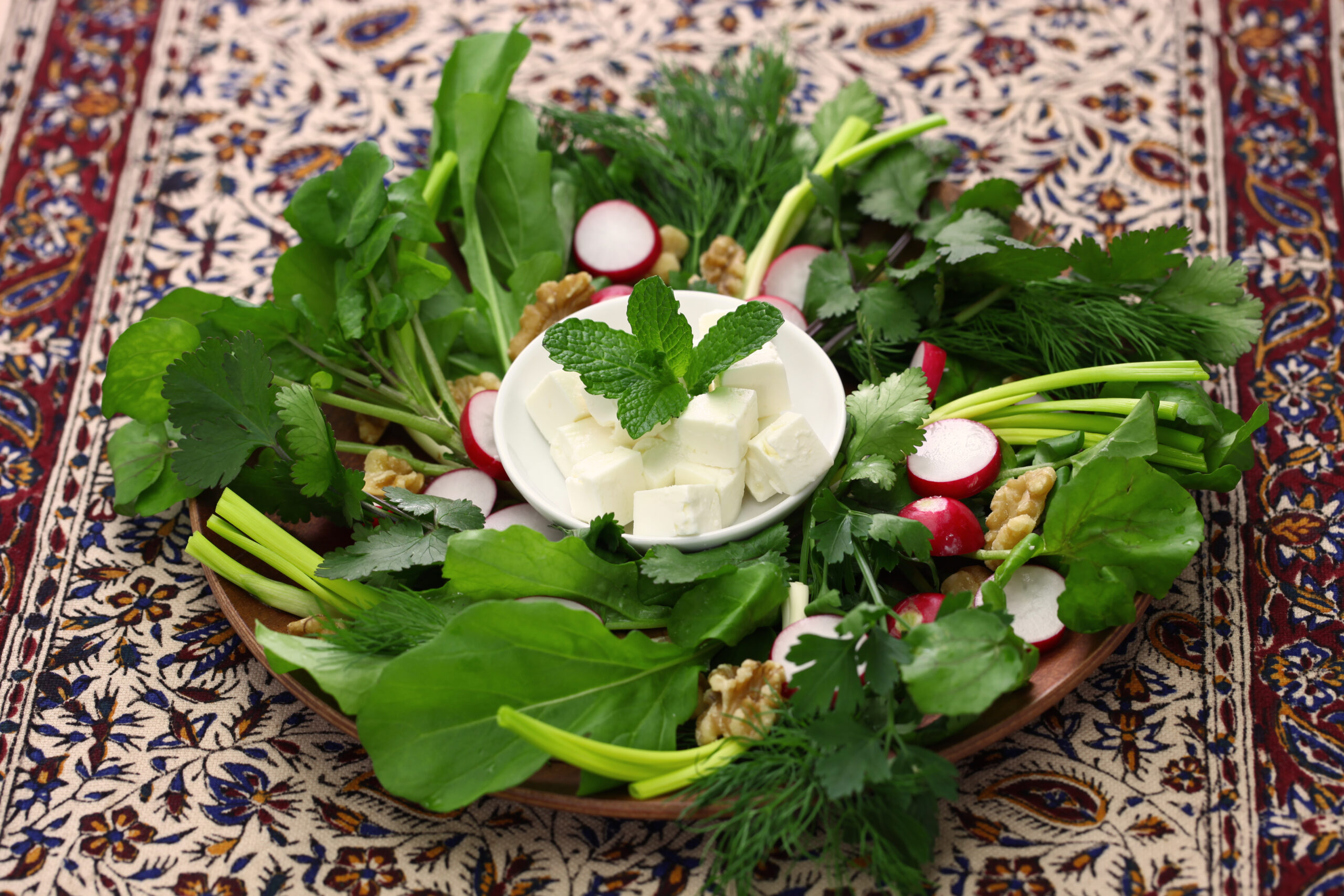
Salads
Thinly slice raw leeks into green, fruit, grain, and composed salads.
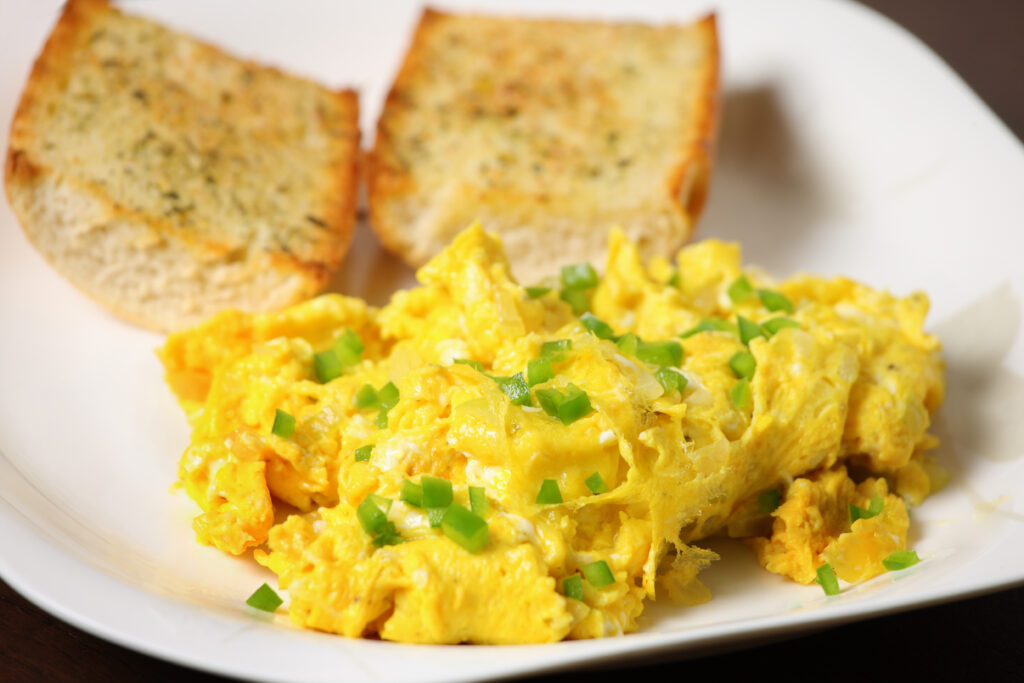
Eggs
Add cooked leeks to scrambled eggs, frittatas, and omelets.
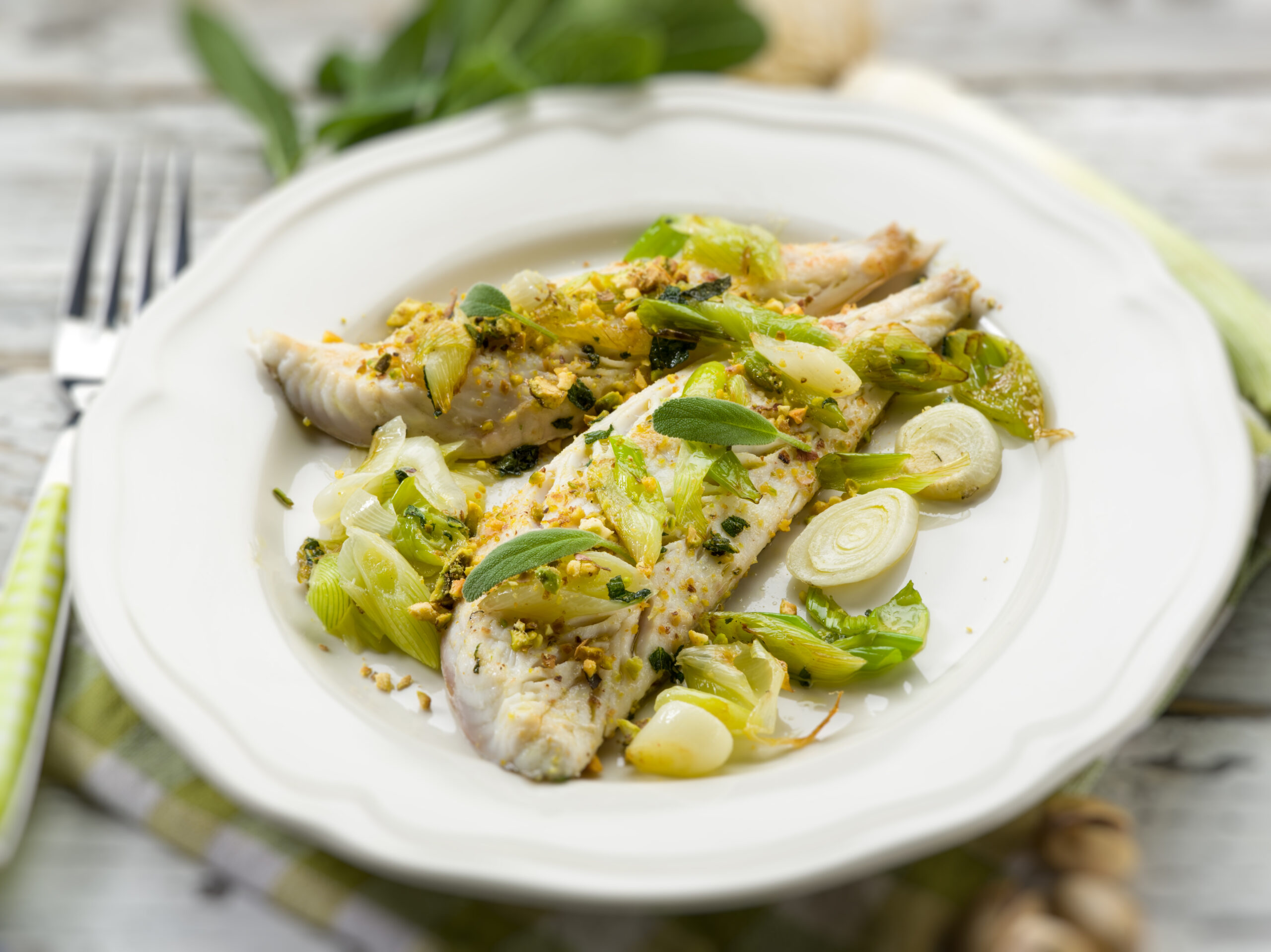
Seafood
The delicate flavor of leeks complements fish, shellfish, and seafood stews or paella

Soups
Leeks are a key ingredient in vichyssoise, the classic French potato and leek soup. They also shine in chicken noodles, cream of mushroom, and broccoli cheddar soups.
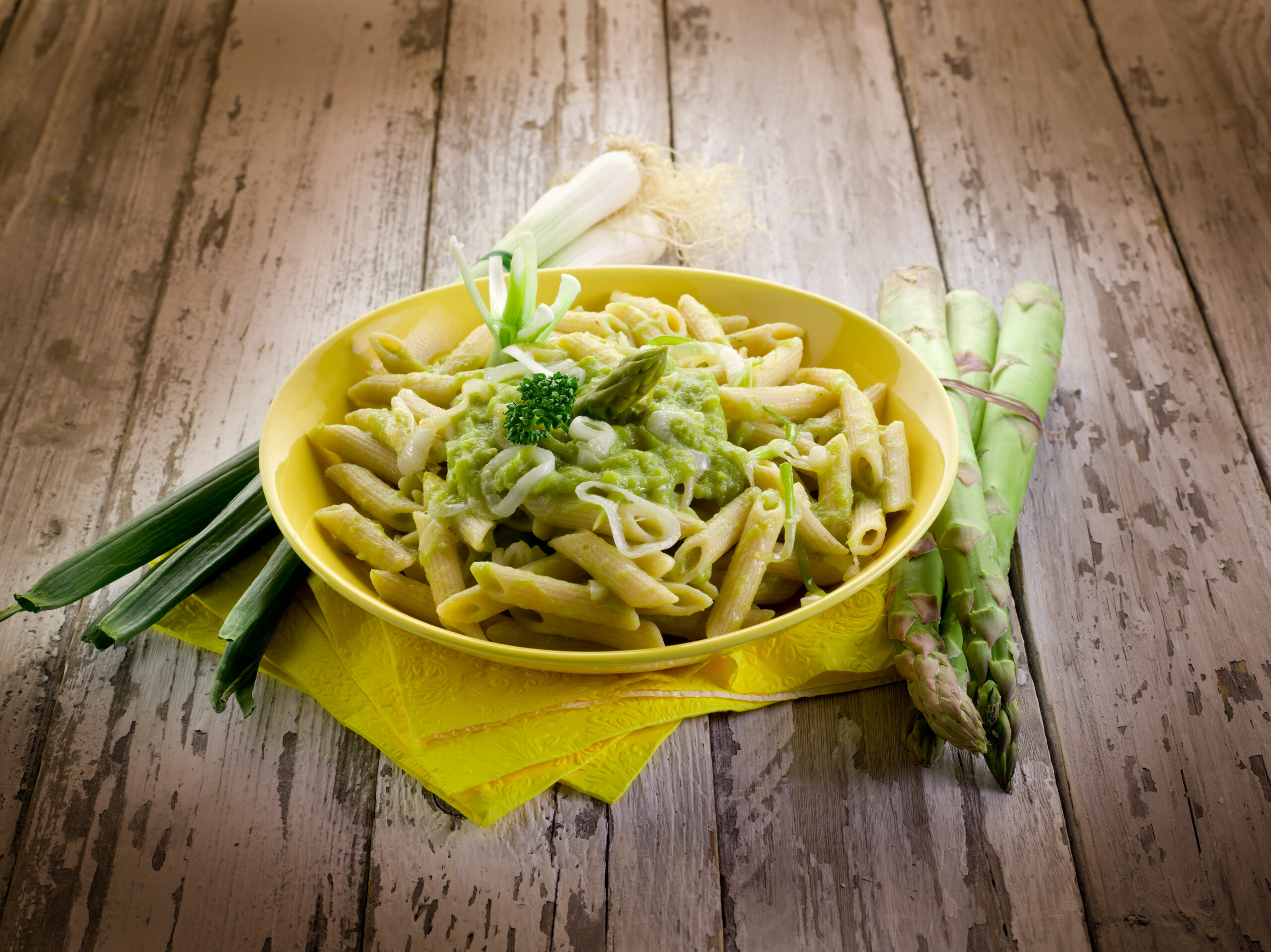
Pasta dishes
Sautéed leeks add flavor to pasta carbonara, primavera, and pesto sauces.
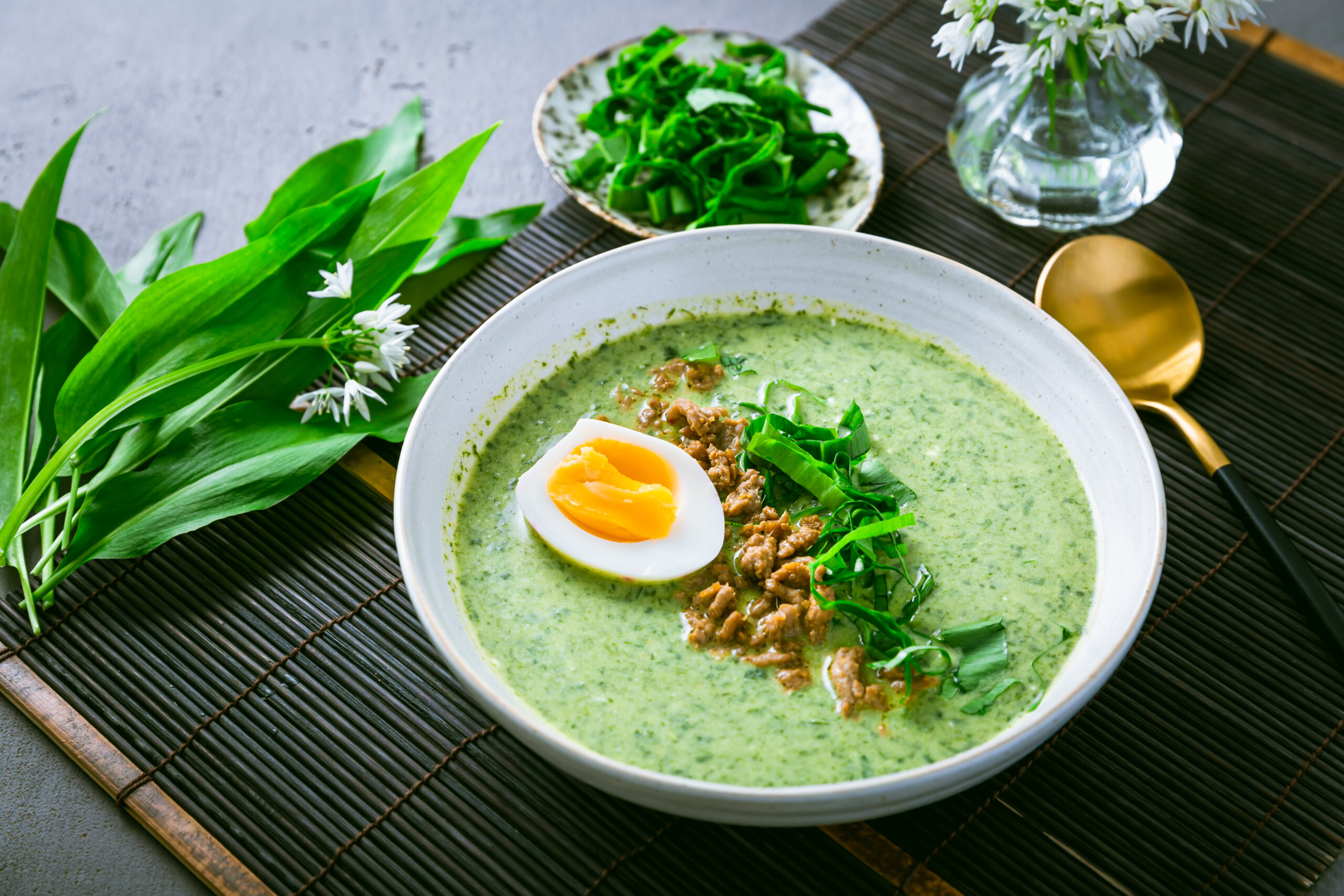
Vegetable side dishes
Roast, grill, or sauté leeks as a flavorful low-carb side.
With so many options for using leeks, it’s easy to incorporate them into all types of savory dishes.
Frequently Asked Questions About Leeks
Here are answers to some common questions about buying, storing, and cooking with leeks:
How do you clean leeks thoroughly?
Trim off the root end and dark green leaves. Split the leek lengthwise and rinse under running water to remove any dirt or grit. Fan the layers under water to clean thoroughly between layers.
Can you freeze leeks?
Yes, freeze-cleaned and sliced leeks in airtight bags for 3-6 months. Blanching before freezing helps them retain color and texture.
What’s the difference between leeks and scallions?
Scallions have a straight cylindrical shape with an even diameter. Leeks are about twice as large with a broader bulb and darker green leaves.
What can I substitute for leeks?
If you don’t have leeks, onions, shallots, scallions, or ramps can substitute but won’t provide the same delicate flavor.
How do you cook leeks so they’re tender?
The low moisture content of leeks means they require thorough cooking. Sauté, braise, roast, or grill leeks for best results. High heat helps soften the fiber.
Conclusion
While underappreciated compared to other alliums, the versatile leek has nourished people for millennia and deserves more attention. With their concentration of nutrients, antioxidants, and beneficial plant compounds, leeks provide an easy way to boost the healthiness of savory dishes. Their mellow onion-garlic flavor allows leeks to shine in everything from soups to seafood. Next time you’re cooking, consider adding some tasty, good-for-you leeks.
- https://hort.extension.wisc.edu/articles/leeks/ [↩]
- Health Benefits of Leeks, webmd.com/diet/health-benefits-leeks [↩]





